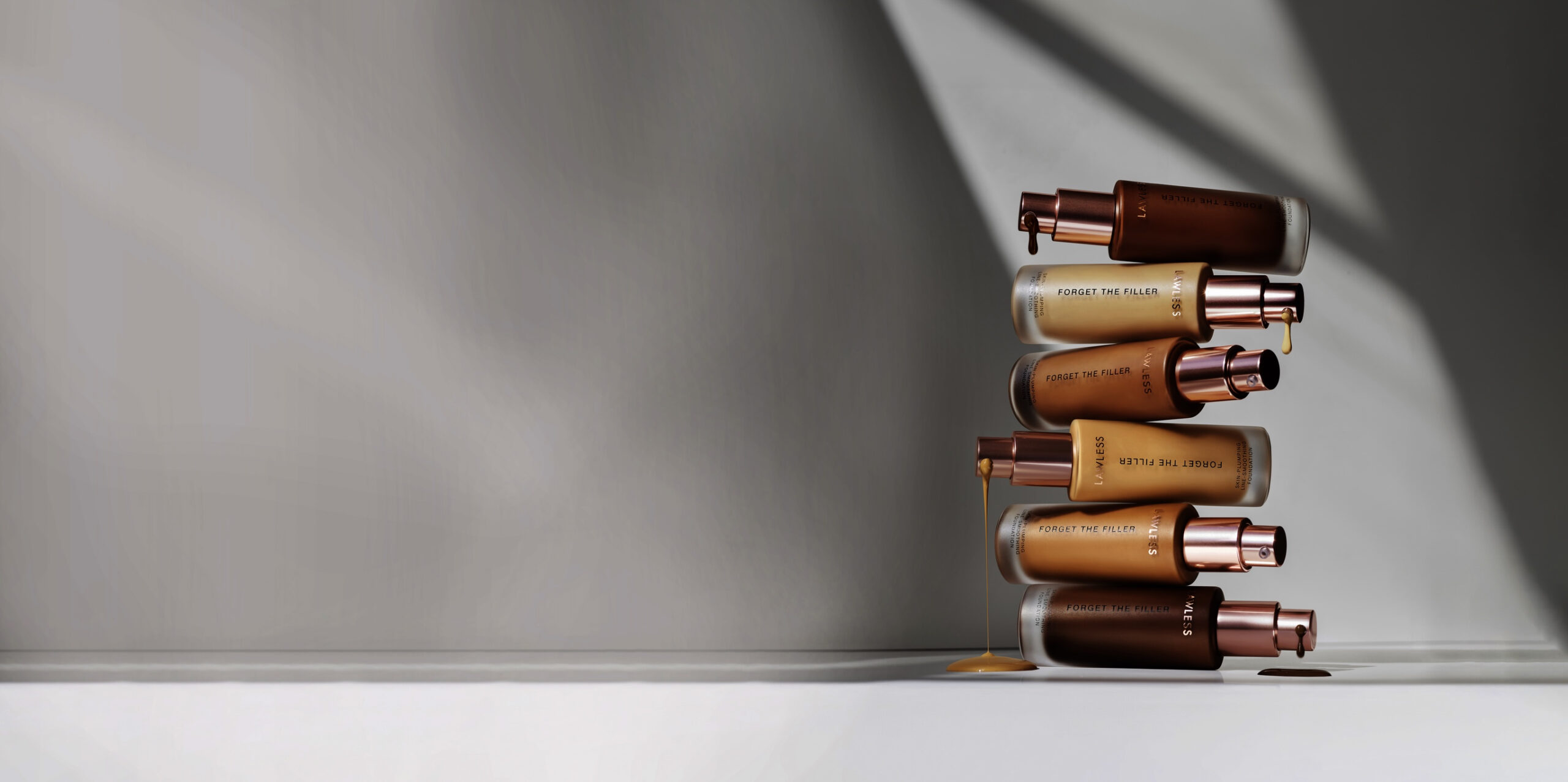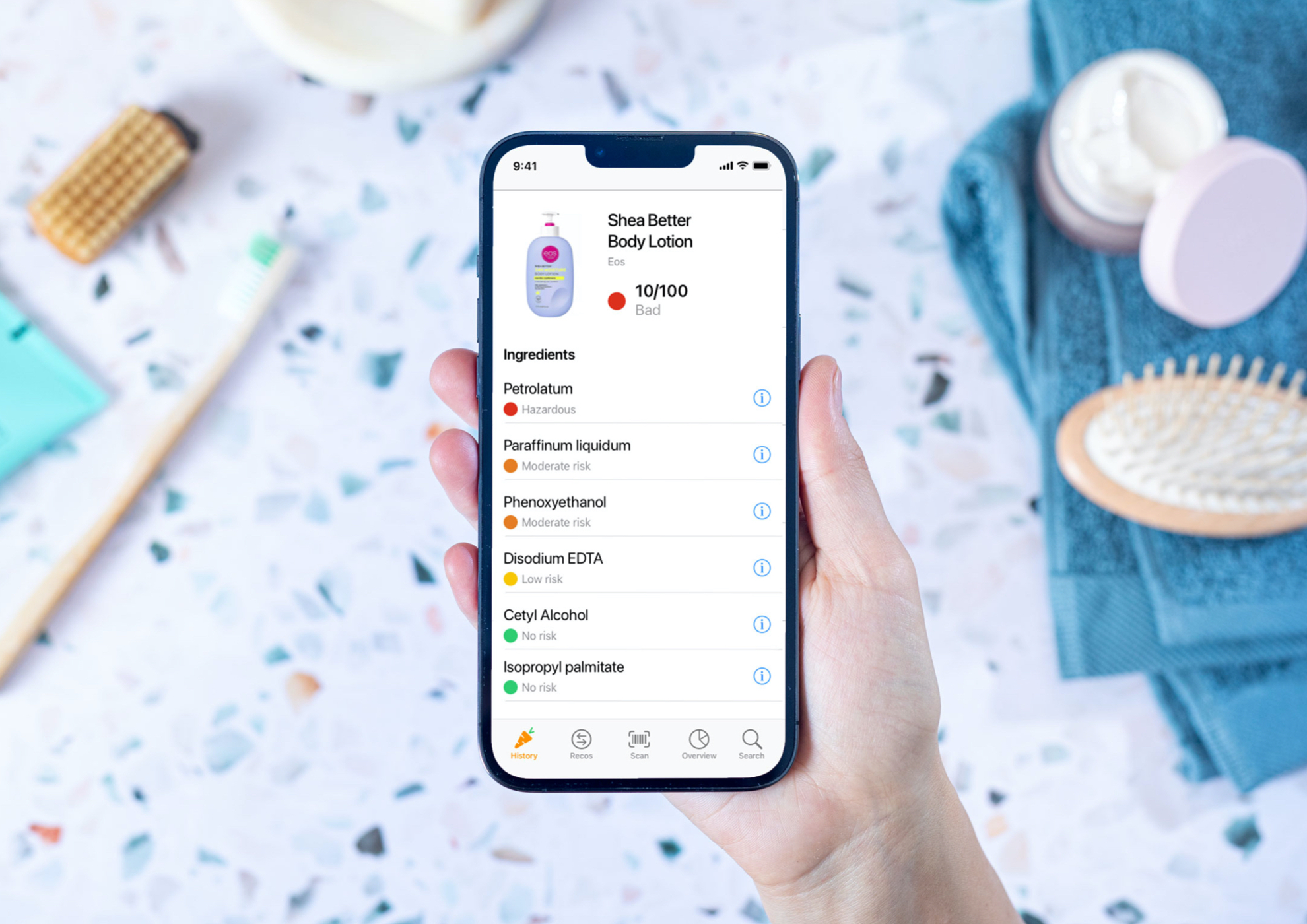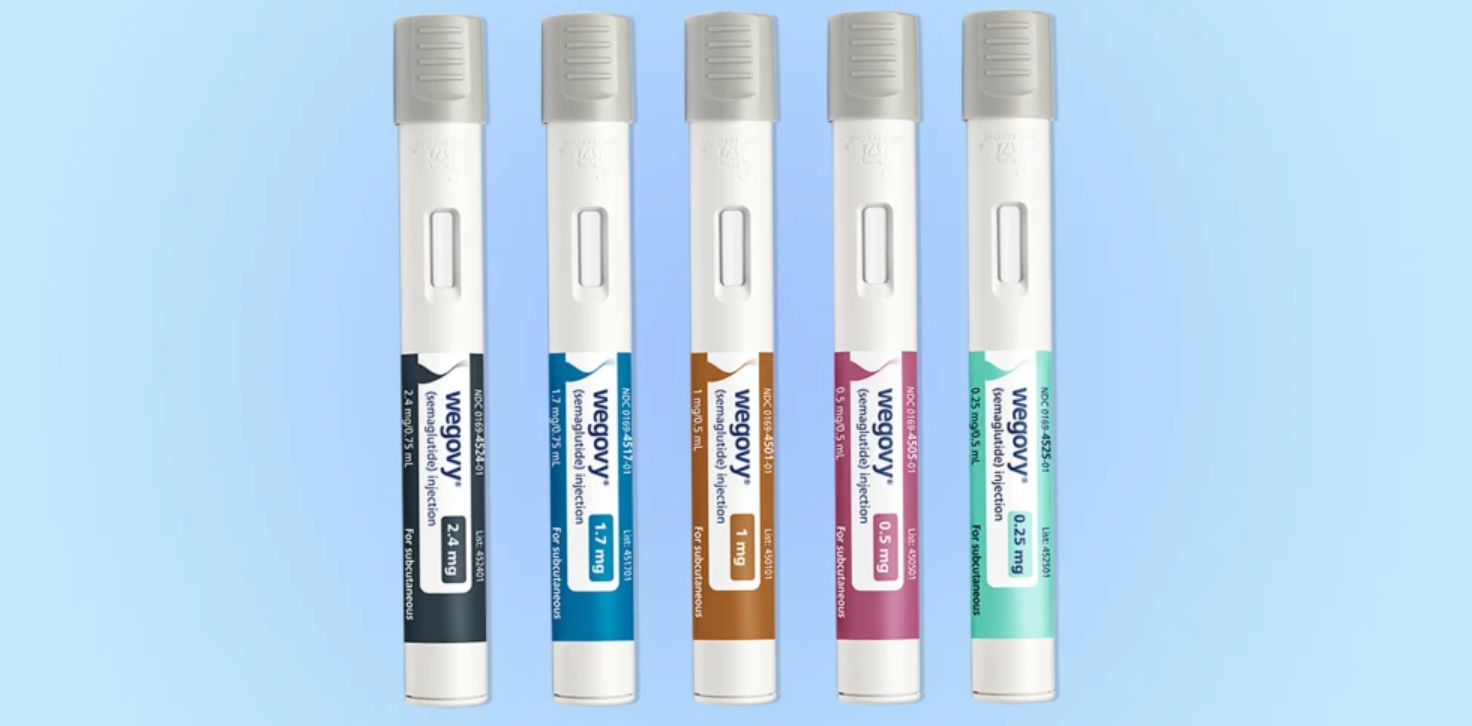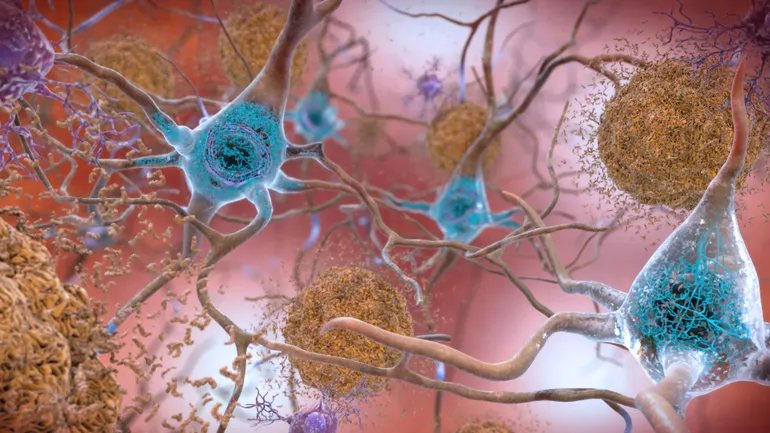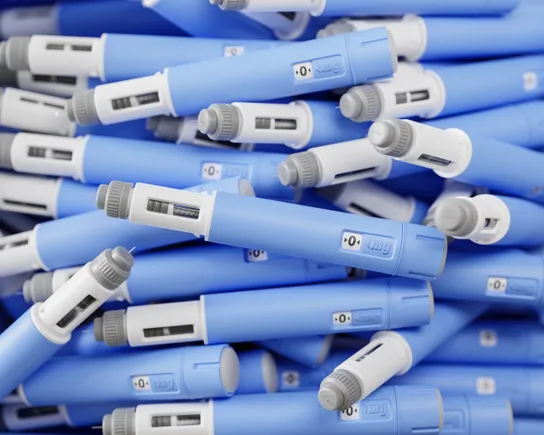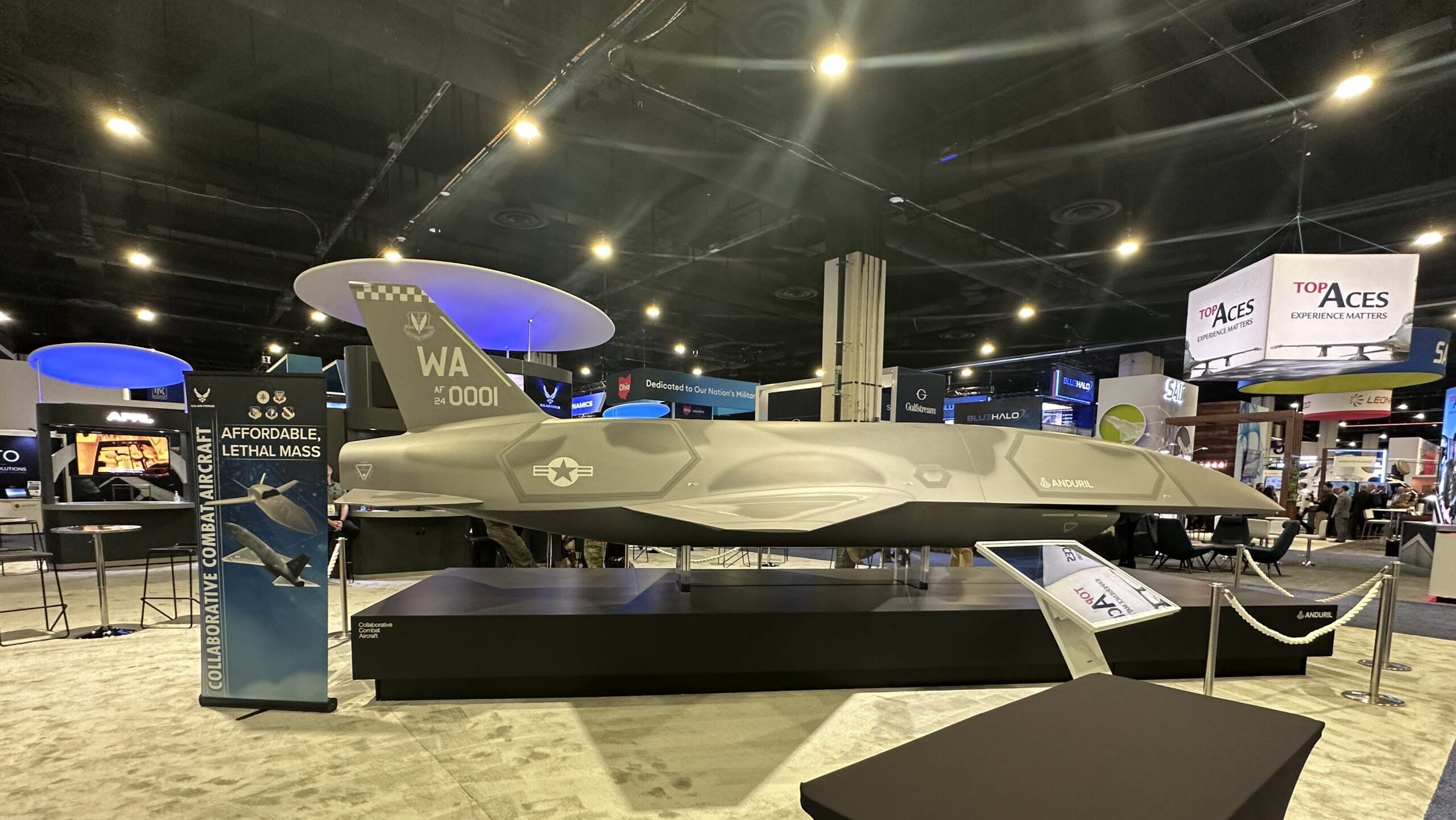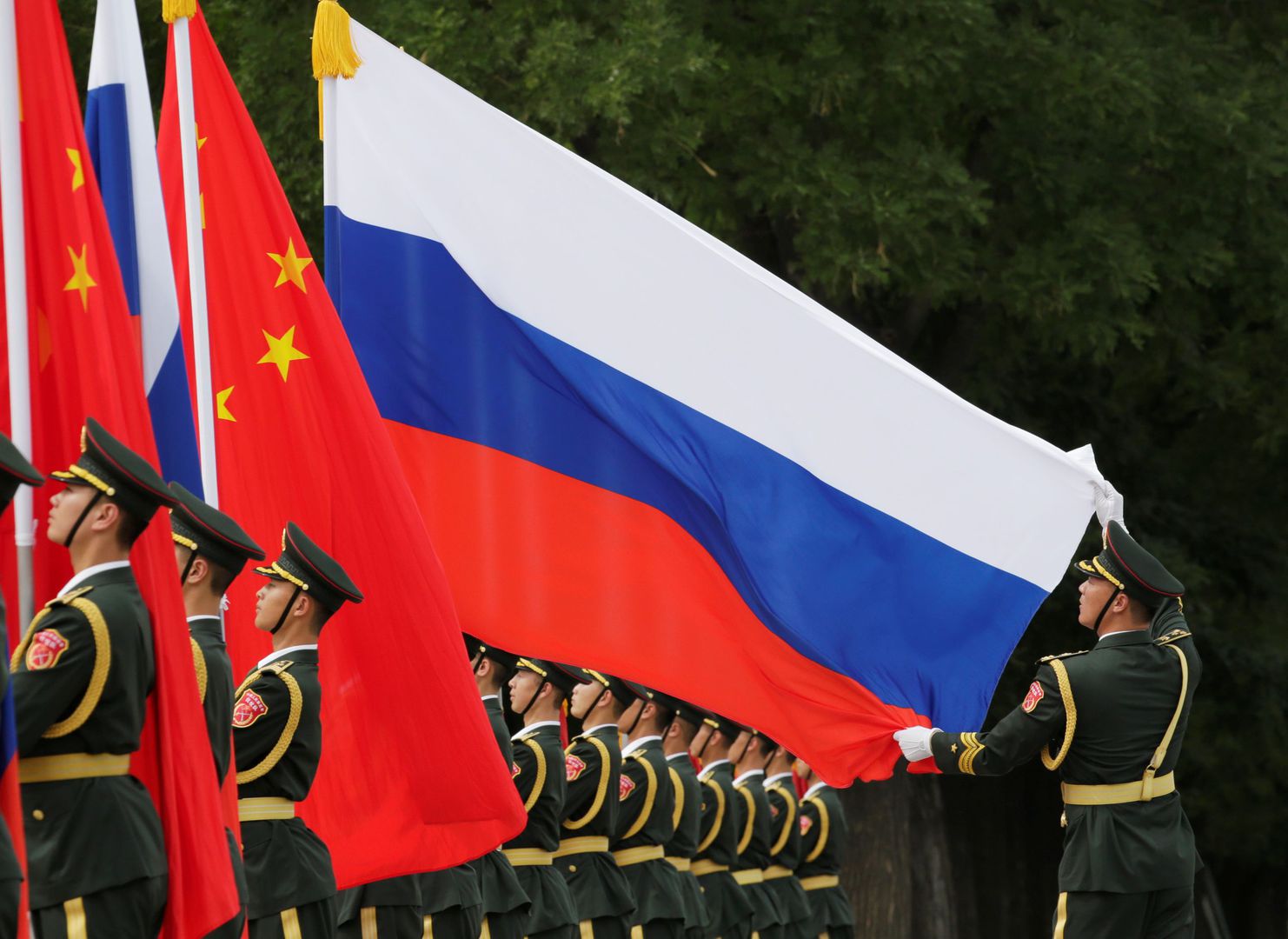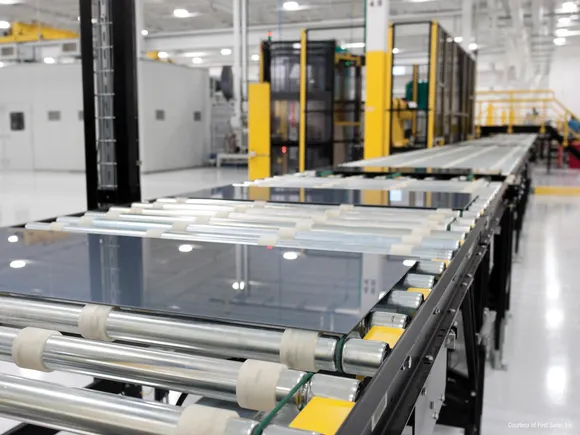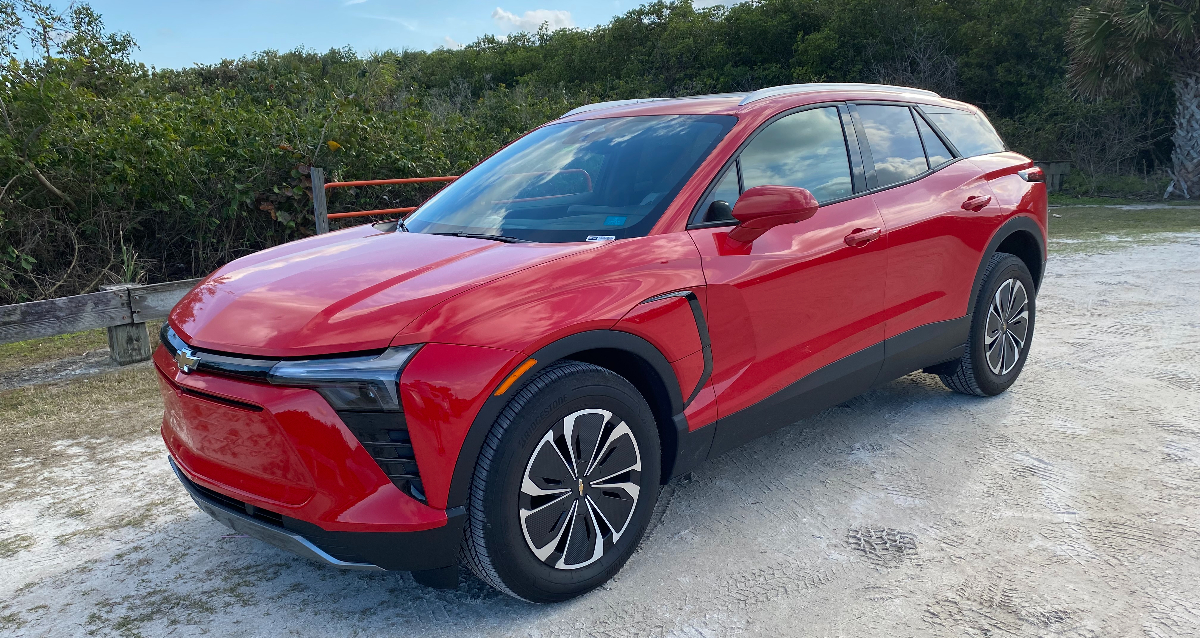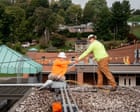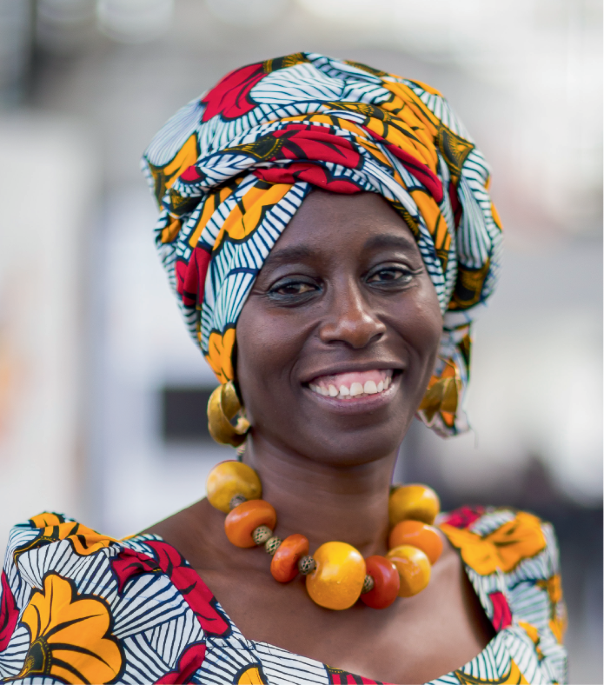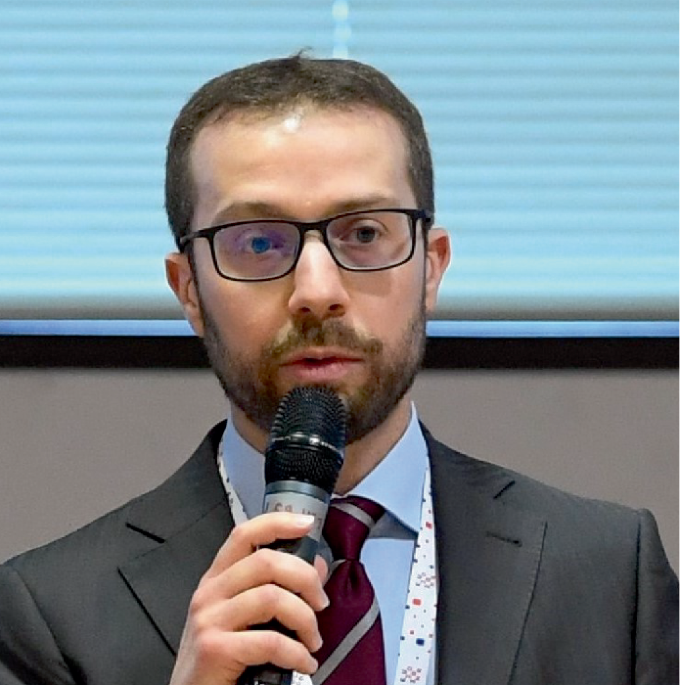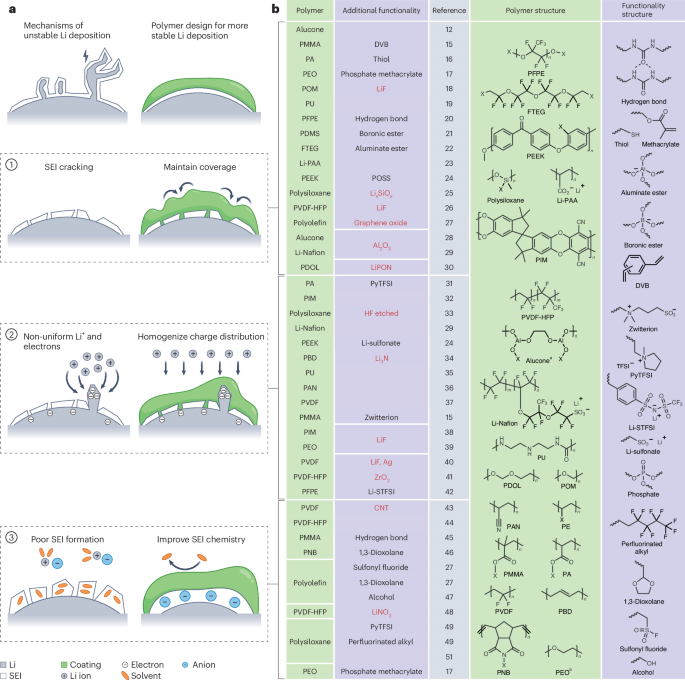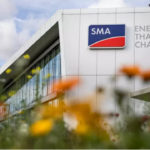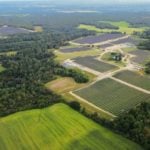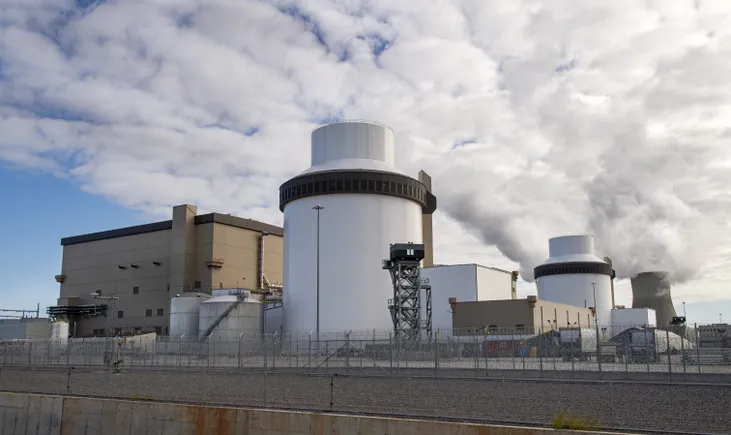Leveraging the Shape Fidelity of 3D Printed Bone Scaffolds Through Architectural Tailoring of an Emulsion Ink: A Combined Experimental and Computational Analysis
Advanced Healthcare Materials, Volume 14, Issue 12, May 6, 2025.

This study develops Pickering HIPEs with dual-network and tunable viscoelastic properties stabilized by Cloisite 30B, achieving Pr values near 1. The printed scaffolds exhibit trabecular bone-like porosity (77%–86%) and simulation results accurately predicted mechanical and biological behavior. When functionalized with Cissus quadrangularis, they enhance osteogenesis, biocompatibility, and oxidative stress reduction, offering a promising strategy for advanced bone tissue engineering.
Abstract
Hierarchical porous, bioactive, and biocompatible scaffolds with customizable multi-functionality are promising alternatives for autografts and allografts in bone tissue engineering. Combining high internal phase emulsion (HIPE) templating with additive manufacturing provides possibilities to produce such multiscale porous scaffolds. 3D printing of HIPE remains a challenging task due to the intense phase separation under high shear extrusion and reported printability (Pr) of either less than or greater than 1. Tuning viscoelastic properties of emulsion is therefore required to achieve a Pr ≈1. This study addresses these issues by preparing Pickering HIPEs using dual networks with synergistic viscous and elastic properties, stabilized by Cloisite 30B interphase. This configuration enhances viscoelasticity and achieves Pr values close to 1 (0.98–1.02). The printed scaffolds exhibit trabecular bone-like, hierarchical interconnected porosity (77%–86%). Computational simulations accurately predict the mechanical, biological, and degradation behavior. Functionalization with Cissus quadrangularis bioactivates the scaffolds, demonstrates in vivo biocompatibility, promotes MC3T3-E1 adhesion, and proliferation, accelerates osteogenesis, and reduces oxidative stress compared to neat PCL scaffolds. This work introduces a facile strategy for “engineering printability” to produce regenerative materials with hierarchical design and holds the potential for developing optimized bone tissue engineering scaffolds.












































